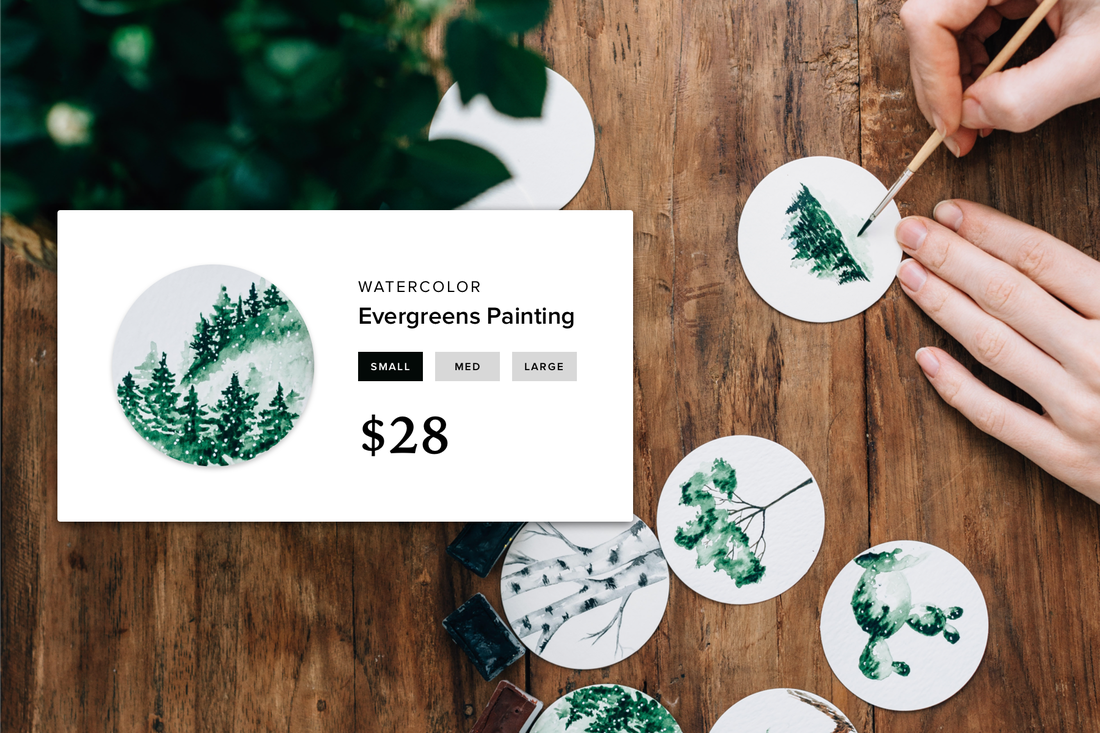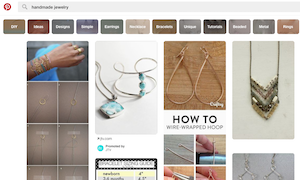Who are you? Why are you here? The odds are good that you've pondered these deep existential questions under a starry night's sky. But have you ever asked them about your business?
Understanding and defining your core brand purpose and positioning are essential to your business's success. After all, without strong answers to these questions, why would anyone choose you over your competitors?
Yet too few small business owners take the time to really think through their brand and how best to communicate it to the world. It's not because they're lazy, but because finding your core brand purpose is hard. When you're busy managing the daily challenges of running a business, taking the time to ask these questions (or thinking about brand building at all) isn't always a priority.
Fortunately, there's a technique that can help. It's called narrative mapping and it lets you tap into the power of storytelling for your brand. Author and entrepreneur Joe McCormack talks about narrative mapping extensively in his book Brief: Make a Bigger Impact by Saying Less, but here are some highlights that can help you get started.
Yet too few small business owners take the time to really think through their brand and how best to communicate it to the world. It's not because they're lazy, but because finding your core brand purpose is hard. When you're busy managing the daily challenges of running a business, taking the time to ask these questions (or thinking about brand building at all) isn't always a priority.
Fortunately, there's a technique that can help. It's called narrative mapping and it lets you tap into the power of storytelling for your brand. Author and entrepreneur Joe McCormack talks about narrative mapping extensively in his book Brief: Make a Bigger Impact by Saying Less, but here are some highlights that can help you get started.
1. Start With Why
Many business owners make the mistake of focusing on what they offer or how they're different instead of first answering why they created their business in the first place. These other things are important, but they aren't as meaningful without proper context.
When you think about classic story structure, the hero must always overcome an obstacle. So what problem were you hoping to solve? Understanding this gives your narrative a starting point and allows you to then explain what makes you different in more specific terms.
When you think about classic story structure, the hero must always overcome an obstacle. So what problem were you hoping to solve? Understanding this gives your narrative a starting point and allows you to then explain what makes you different in more specific terms.
2. Define Your Opportunity
With the problem clearly defined, you should now focus on your opportunity. Sometimes this is called the unmet need, but basically it's the thing you hope to do to help solve the problem. As an example, imagine you're a wedding photographer who believes that modern wedding photography looks too similar. Your opportunity may be to guarantee a unique approach for each client, even if it means radically different photo styles.
The exact way that you deliver on this opportunity comes in the details, such as the type of camera equipment you have or your years of photoshop experience. That's not important right now, but will come into play next. (By the way, Weebly has some excellent photography website options.)
The exact way that you deliver on this opportunity comes in the details, such as the type of camera equipment you have or your years of photoshop experience. That's not important right now, but will come into play next. (By the way, Weebly has some excellent photography website options.)
3. Add Details (But Not Too Many)
Once you've explained how you're going to address the unmet need, you can get into some details about what makes your brand or business different in practical terms. As mentioned in the first section, people too often choose to focus on these details instead of the bigger picture first and it never works. It would be like telling a story about a heroic prince by first describing the speed of his horse.
When communicating the details, make sure to consider how essential they are in the context of your overall story. The speed of the prince's horse may be important, but is it really one of the things that makes him the number one hero in the kingdom? People will tune out quickly if you can't get to the point, so use your limited time carefully.
Finally, since this is where you're talking about the actual practical benefits you offer, make sure you are being truthful. If you promise one thing and do another, you're setting up your customers for a bad experience and inviting reputation-damaging negative reviews.
When communicating the details, make sure to consider how essential they are in the context of your overall story. The speed of the prince's horse may be important, but is it really one of the things that makes him the number one hero in the kingdom? People will tune out quickly if you can't get to the point, so use your limited time carefully.
Finally, since this is where you're talking about the actual practical benefits you offer, make sure you are being truthful. If you promise one thing and do another, you're setting up your customers for a bad experience and inviting reputation-damaging negative reviews.
4. Wrap it Up
All good stories must come to an end and that includes your brand narrative. Avoid the mistake of rambling on and on about the minutiae of your product or service and instead provide a clear and compelling payoff message for your customer. At this point, you've defined the problem and explained how you're planning to solve it (with practical proof points). Now you need to tell the world what it means.
Sometimes people use the acronym WIFM or "What's in it for me?" to get to their payoff message. If a customer chooses to use your business, what's in it for them? Using our wedding photographer example again, the payoff would be a set of wedding photos that is as unique as each individual couple. A strong payoff message is essential because it helps define the emotional benefit your customer receives from using your product or service (and emotion drives action).
When you consider that humans have been telling each other stories since before we had written language, it's not surprising that scientists have proven that stories are the most persuasive form of communication. We're literally hard-wired to want to listen to stories. Now, by following these narrative mapping techniques, you can bring the power of storytelling to your business and craft a brand that will stand out from the crowd.
Sometimes people use the acronym WIFM or "What's in it for me?" to get to their payoff message. If a customer chooses to use your business, what's in it for them? Using our wedding photographer example again, the payoff would be a set of wedding photos that is as unique as each individual couple. A strong payoff message is essential because it helps define the emotional benefit your customer receives from using your product or service (and emotion drives action).
When you consider that humans have been telling each other stories since before we had written language, it's not surprising that scientists have proven that stories are the most persuasive form of communication. We're literally hard-wired to want to listen to stories. Now, by following these narrative mapping techniques, you can bring the power of storytelling to your business and craft a brand that will stand out from the crowd.
 Rob FrappierRob is a creative content strategist from Detroit. When he’s not developing integrated marketing campaigns, he’s probably watching Netflix.
Rob FrappierRob is a creative content strategist from Detroit. When he’s not developing integrated marketing campaigns, he’s probably watching Netflix.





